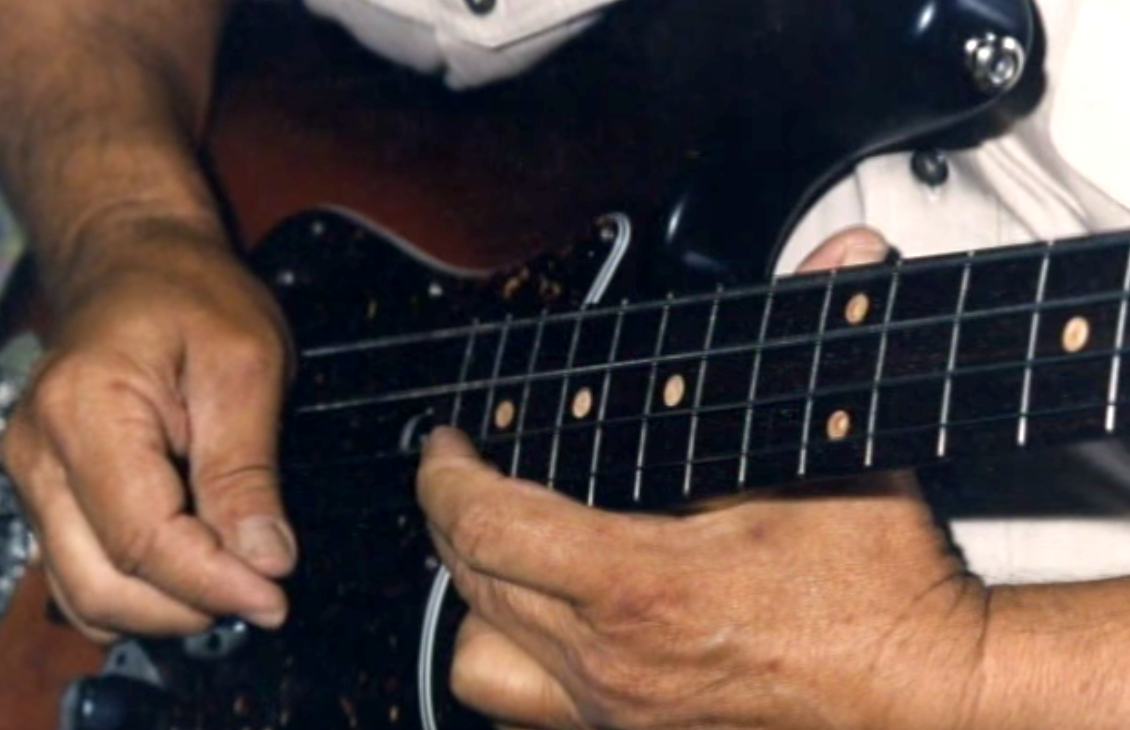Joe Osborn left one hell of a low-end legacy: He might not have been a household name, yet he played on more hit singles than any other bass player including The Only Living Boy in New York. During his stint as a first-call LA session player, Joe recorded bass lines for 200 hit songs, including 20 number ones, and during his later Nashville period he played on over 50 chart-topping country hits. Joe Osborn left us on December 14, 2018, at the age of 81.
Joe’s distinctive tone, which he achieved by using a flatwound-strung jazz bass played with a pick, allowed his melodic lines to cut through the mix and be heard even on transistor radios with small speakers. Following his breakthrough with Ricky Nelson, Joe went to play with a staggering roster of household names, including (but by no means limited to): The Carptenters, The Mamas & The Papas, The 5th Dimension, Billy Joel, America, and Neil Young.
Osborn also just happened to be the bassist on Simon & Garfunkel‘s 1970 Bridge Over Troubled Water album which became the duo’s most successful record, shifting in excess of 25 million copies to date. Joe’s line on ‘The Only Living Boy in New York’ demonstrates the elements of his style that made him such an in-demand player; inventive, melodic playing that somehow manages to simultaneously maintain interest while supporting the song and a tone that is somehow both warm and cutting.
Osborn also just happened to be the bassist on Simon & Garfunkel’s 1970 Bridge Over Troubled Water album which became the duo’s most successful record, shifting in excess of 25 million copies to date. Joe’s line on ‘The Only Living Boy in New York’ demonstrates the elements of his style that made him such an in-demand player; inventive, melodic playing that somehow manages to simultaneously maintain interest while supporting the song and a tone that is somehow both warm and cutting.
There are many great moments throughout Joe Osborn’s bassline on ‘The Only Living Boy in New York’. On first listen, the line almost appears to be constructed using a ‘stream of consciousness’ approach, but closer analysis reveals that he constantly develops a handful of ideas to create interest as the song progresses.
Here are some of my favourite moments:
- Resolving into the major 3rd of the B major chord (bars 6, 15, 17 etc.)
- An ear-grabbing high register motif outlining E major (bar 5, bar 16 as a double stop)
- The bridge section features a much more regimented rhythmic approach, almost implying a walking bass feel. Note how the idea in bar 23 gets developed at bar 37 to include a chromatic ascent into the C#m chord.

